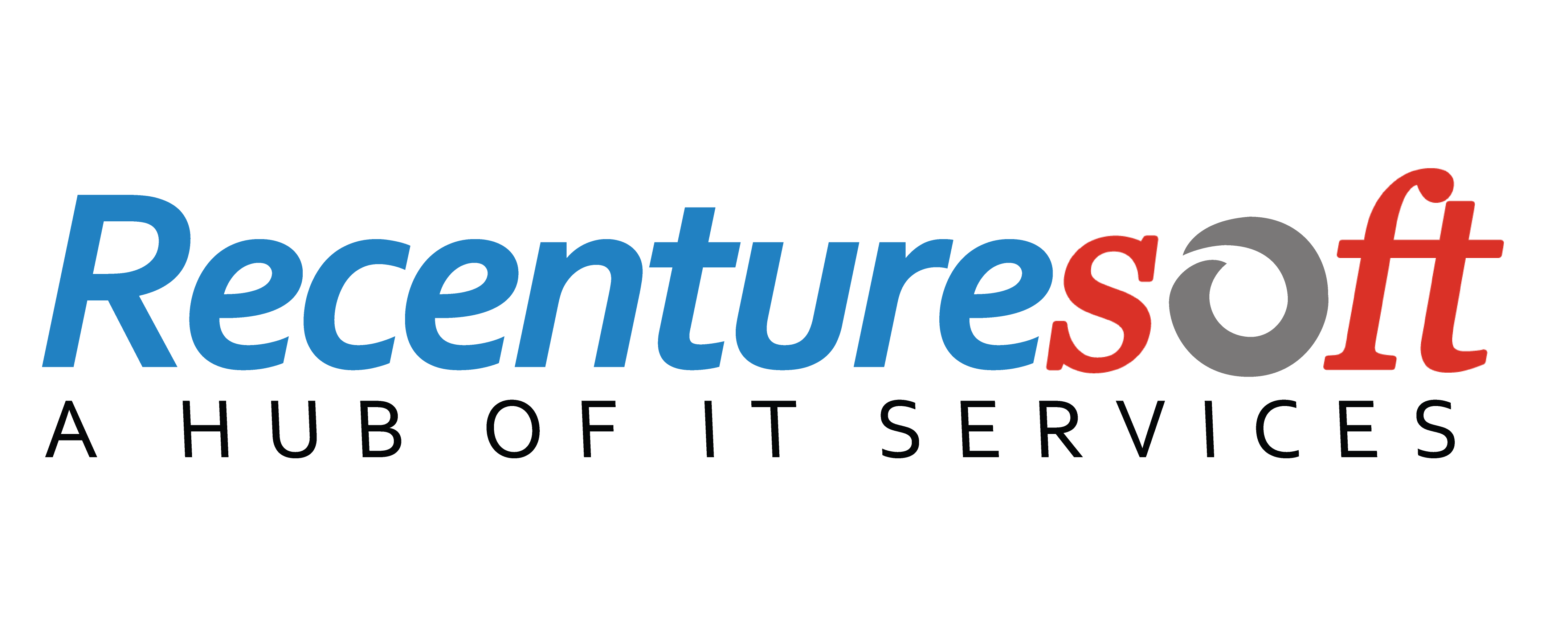HTML refers to Hypertext Markup Language. It;s all about structuring the website data. Similar to the foundation of a building that makes it b, HTML is the skeleton that holds everything on a website firmly together. In the web-based context, HTML ensures the web page is accessible on various browsers and devices and offers a structure for adding JavaScript, CSS, and website or application content itself.;
What do you understand by ;HTML;?
HTML is a programming code that structures the website and its content. For instance, content must be structured within a list of bullet points, or a set of paragraphs using data tables and images. It;s a markup language that describes your content structure.
Hypertext Markup Language comprises a series of elements that you utilise to wrap or enclose different aspects of the content to make it seem a specific way or act according to you. The enclosing tags of the HTML element can make an image or word hyperlink to somewhere else, can make the font smaller or bigger, can italicise the words, and much more.
Without HTML, a web browser wouldn;t know how to showcase text as elements or load pictures or other items. HTML also offers a basic structure of the web page. CSS (Cascading Style Sheets) are overlaid on it to enhance its appearance. It;s said that - HTML is the bones (structure) of the website, and CSS is the skin (appearance).;
Some of the interesting features of HTML
Listed below are some of the features of HTML:-
-
An easy and simple language, which can be easily understood and revised.;
-
It;s simple to create an effective presentation with Hypertext Markup Language as it has so many formatting tags.;
-
HTML is platform-independent because it;s accessible on any platform, such as - Linux, Windows, Macintosh, etc.;
-
Hypertext Markup Language is case-insensitive. It means you can use tags either upper-case or lower-case.
-
It facilitates web developers to add a link on the web page to improve the browsing interest of the user.;
-
It enables the programmers to add Videos, Graphics, and Sound to the web pages, making them more interactive and attractive.;
Knowing about different HTML elements
HTML Markup tags define the elements of the document, like - headings, tables, and paragraphs. They mark up a document for the showcase by a computer program referred to as a Web browser. The web browser elucidates the tags, showcasing the headings, tables, and paragraphs in a layout adapted to the font and size of the screen available to it.;







